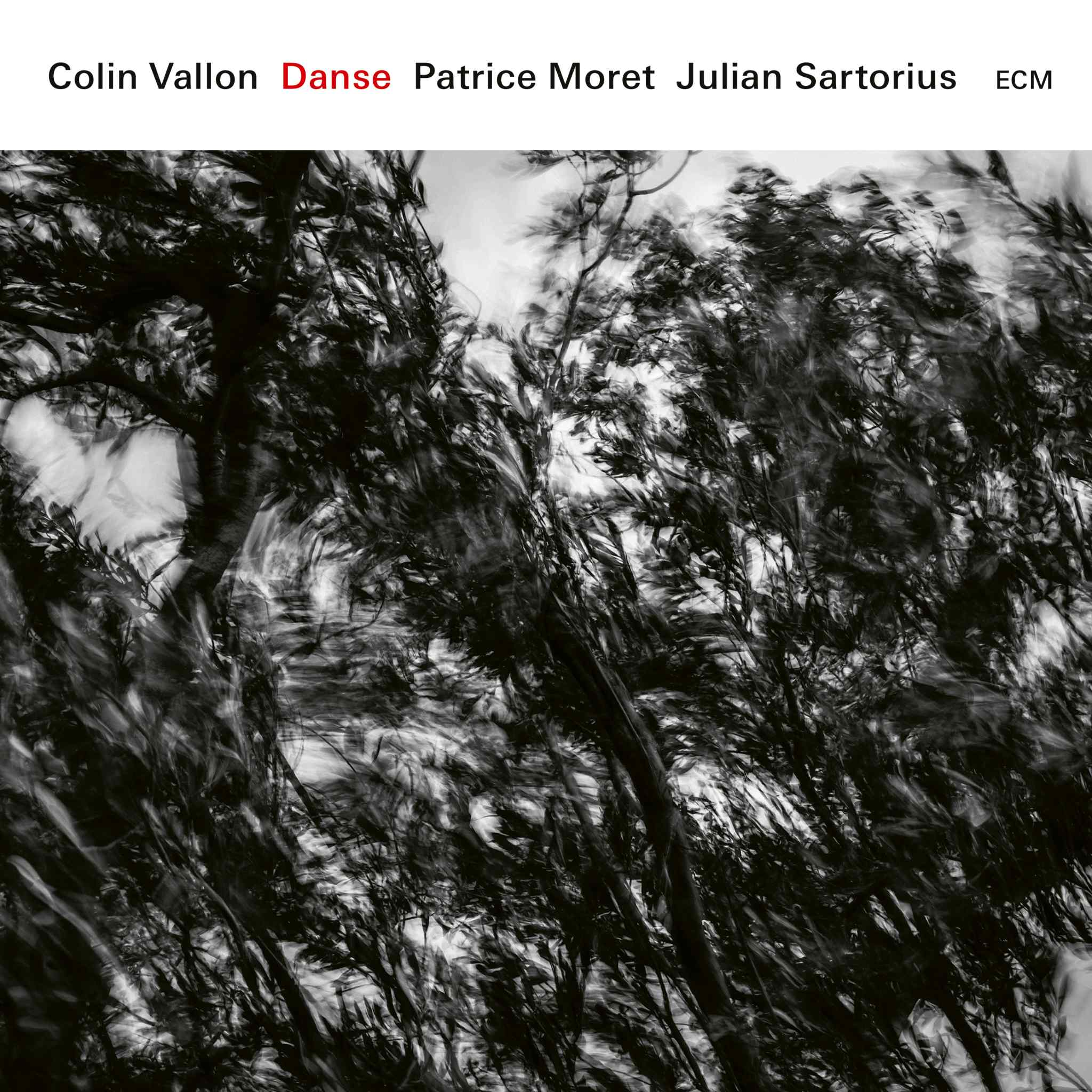Album insights
It is almost unimaginable that William Byrd's Mass settings and motets in Latin were not always cherished as an integral part of English music culture. For about two hundred years, from the mid-17th century to the mid-19th century, they fell into disgrace and obscurity due to their Catholic nature. Despite this neglect, their inherent quality was never doubted. The resurgence of Byrd's Mass settings in the late 19th century was initiated by Catholic church choirs. This revival highlights the importance of this recording, celebrating the Catholic renaissance along with the music itself.
The current recording not only highlights the timeless quality of Byrd's Catholic masses but also pays tribute to their revival by Catholic choirs in the late 19th century. Byrd's works differ from those of his contemporaries, as he composed his masses freely without referencing existing pieces. The distinct English style of Byrd's masses draws from his nostalgic ties to the music of the Tudor era. The three mass compositions are marked by a sense of nostalgia for England's Catholic past and demonstrate Byrd's deep connection to his faith and the liturgical texts.
Byrd, a prominent figure in the English music scene, led a dual life as a respected member of Queen Elizabeth's Chapel Royal and as a composer for the Catholic community. His public and private works showcased contrasting styles, with his masses reflecting a more personal and meditative approach compared to his grand choral compositions for the Chapel Royal. The intimate nature of Byrd's Catholic masses contrasts with the ceremonial grandeur of his public works, emphasizing his skill in expressing the texts with intensity and emotion.
The recording also sheds light on the history of Byrd's masses, dating back to the late 16th century when they were composed. Byrd's faithfulness to the Catholic community, intertwined with his public career, exemplifies his dual musical identities. While his compositions for the Chapel Royal reflected grandeur and ceremony, his Catholic works revealed a more contemplative and personal side of his artistry. The intricacies of Byrd's compositions and their significance in the Catholic and Anglican musical traditions underscore the enduring legacy of his work.

